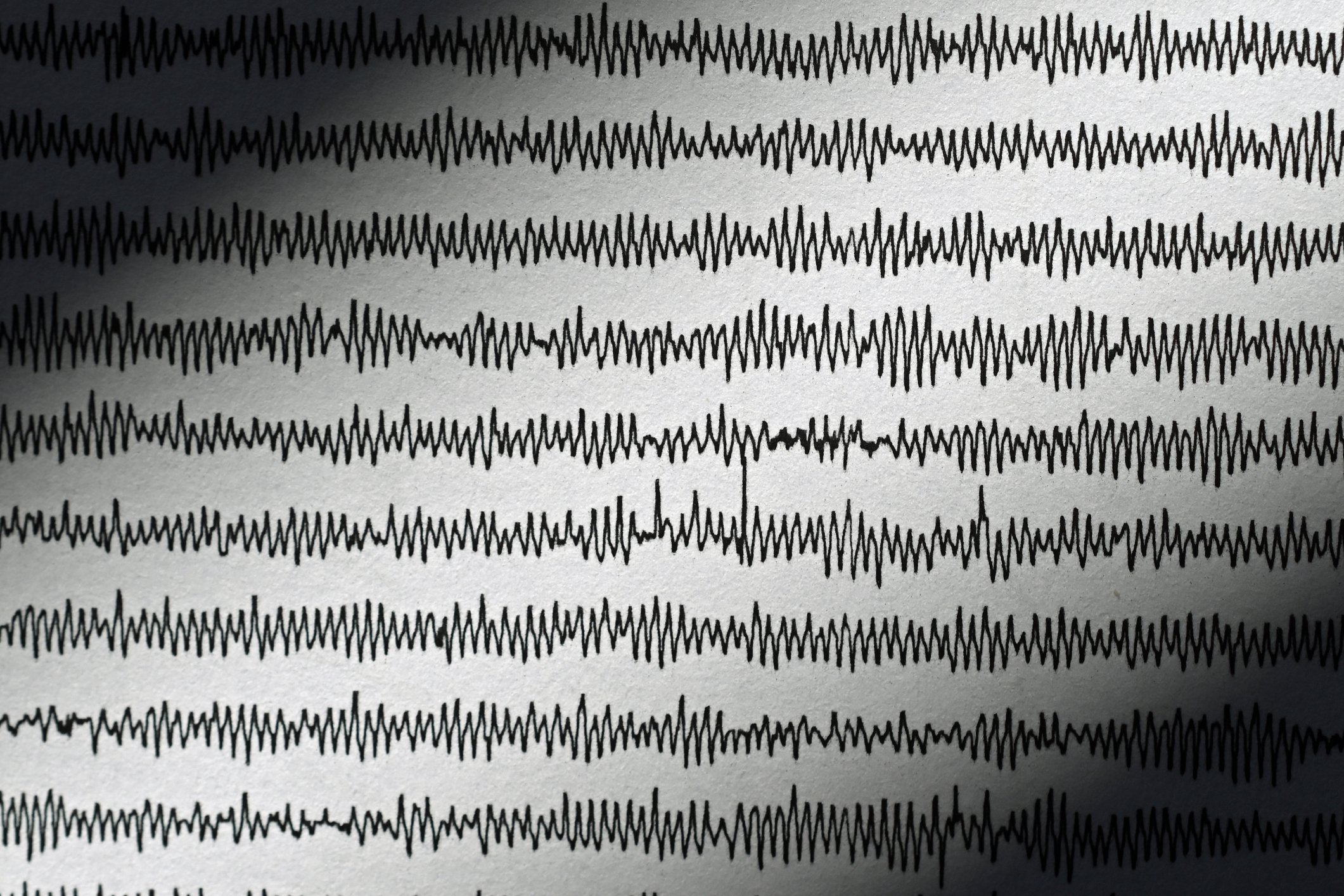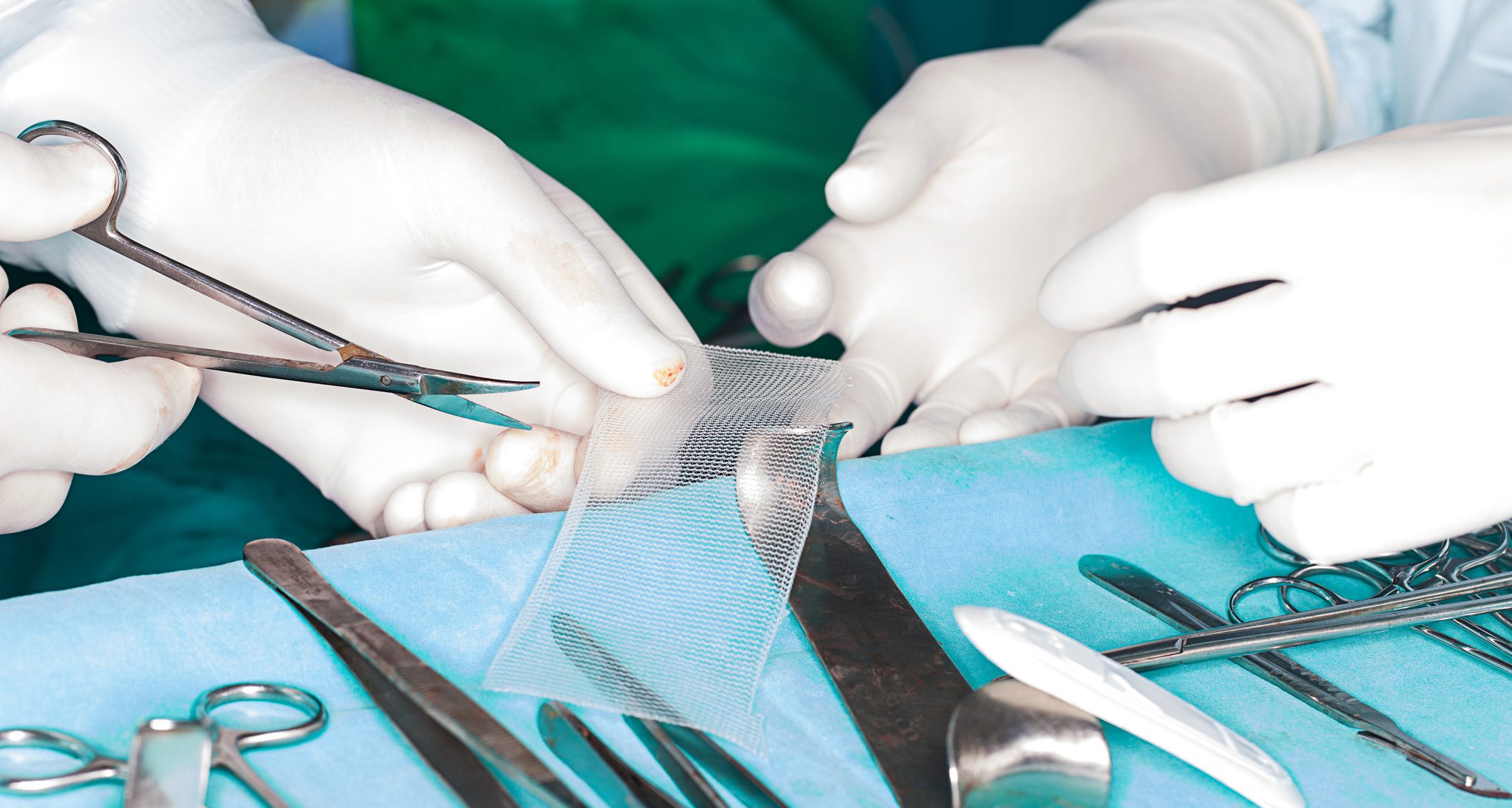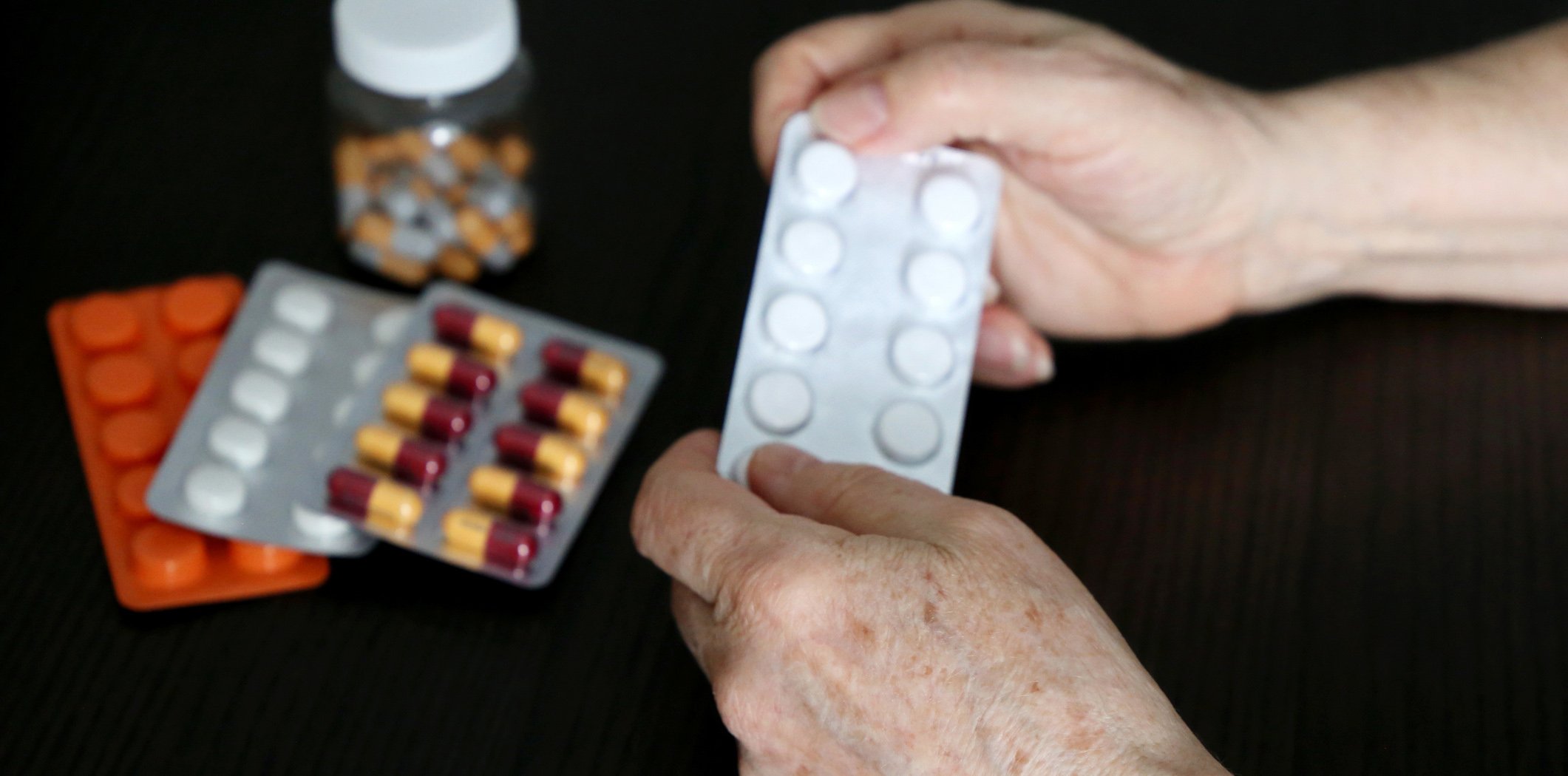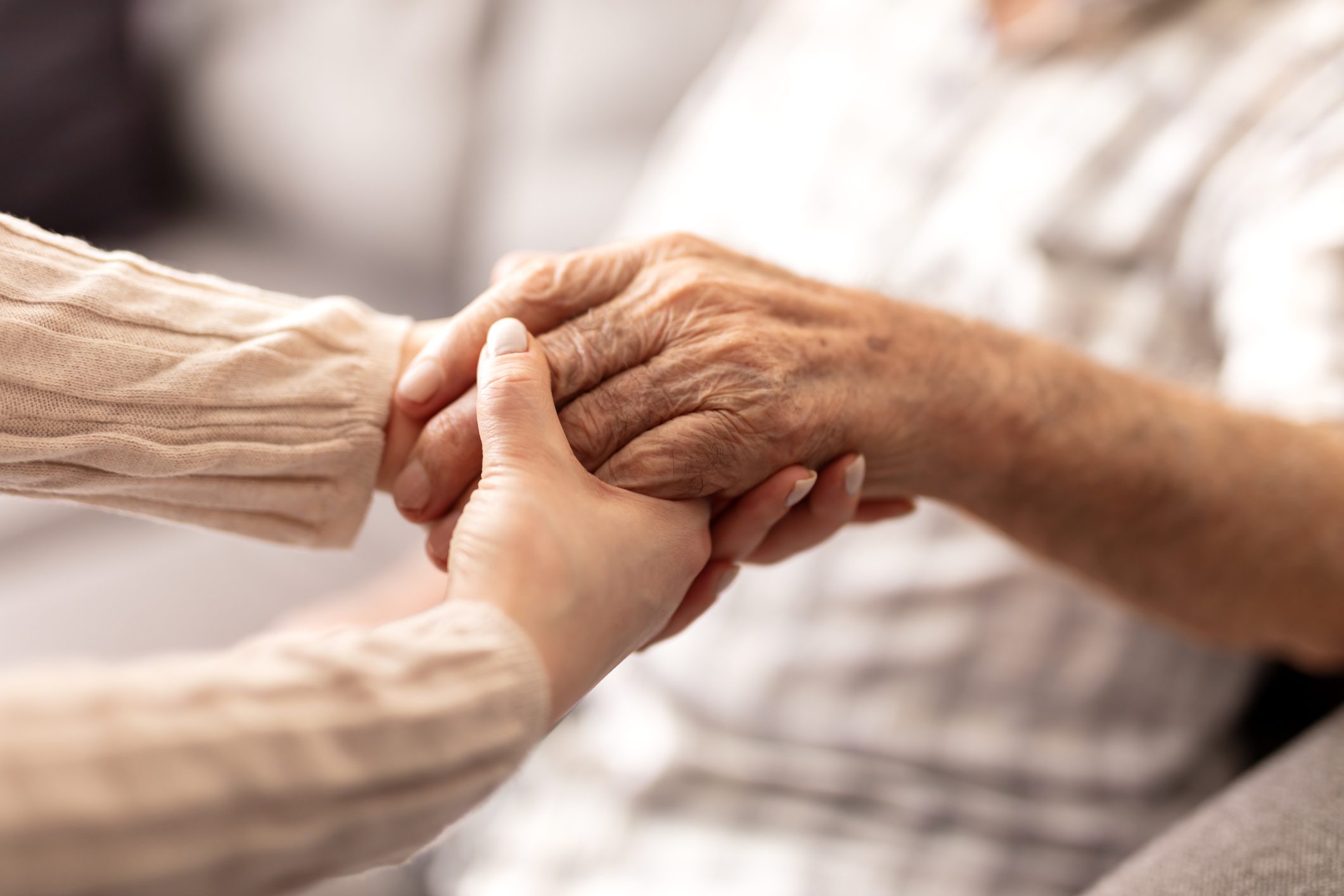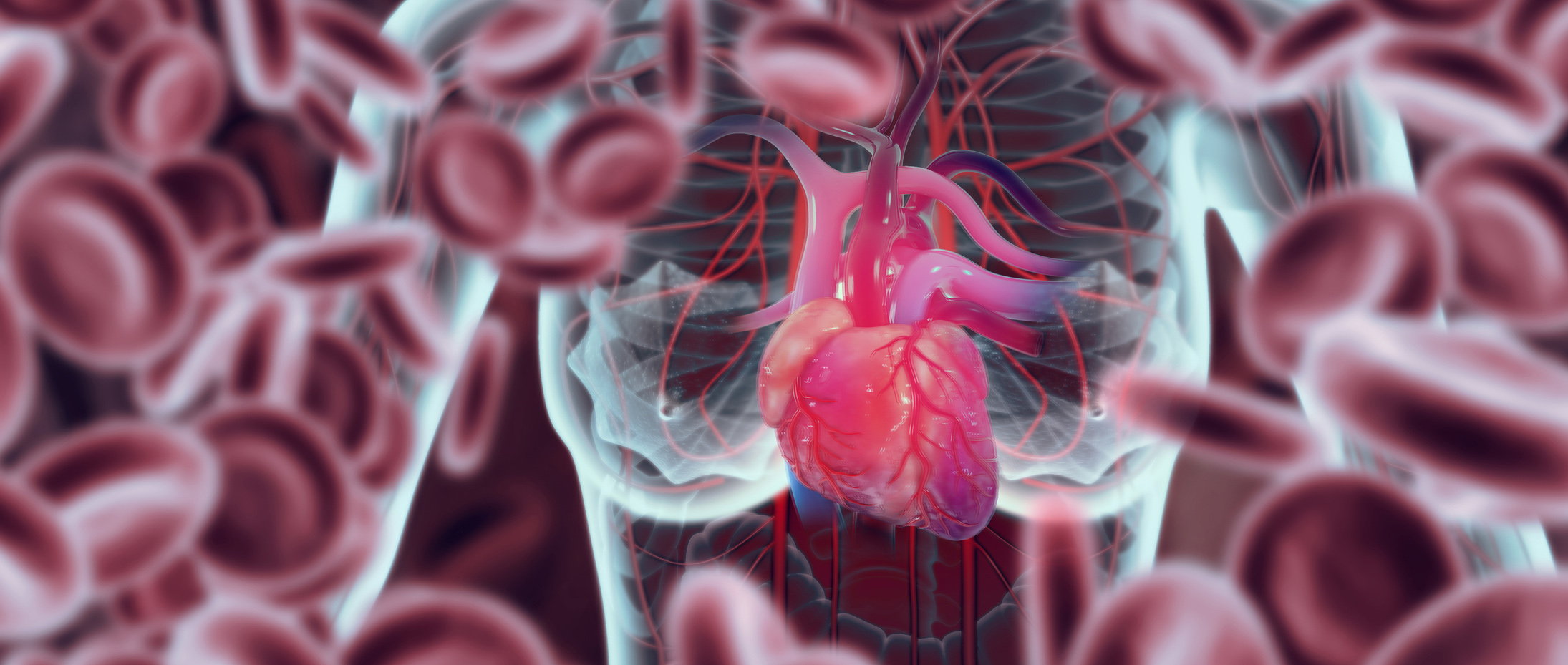Intensive research in the field of multiple sclerosis (MS) has led to the availability of different treatment options – depending on the form of the disease and its severity. This is also essential in view of the increasing number of people with MS in Switzerland. The goal of therapy management should be to maintain participation in social life for as long as possible.
The numbers are alarming: in Switzerland, at least 15,000 people have multiple sclerosis (MS) – with an increasing tendency [1]. The disease with 1000 faces does not follow a clear line. Some sufferers have no symptoms at all for years after a relapse, whereas progression is rapid in other patients. The main cause is neurodegeneration [2,3]. Axonal transection and loss of neurons increases disability progression. The disease is divided into relapsing-remitting MS (RRMS), secondary progressive MS (SPMS) and primary progressive MS (PPMS) according to its clinical presentation. [4].
RRMS is diagnosed when there are at least two clinically proven relapses and objective clinical evidence of at least two lesions. If only one lesion is found, spatial dissemination must be added. With one proven relapse and two lesions, the diagnosis requires temporal dissemination, and with one relapse plus one lesion, both spatial and temporal dissemination must be present. PPMS is said to occur if there is at least one year of clinical disability progression without relapses, and at least two of the following: ≥one T2 lesion on MRI (at least one of which is periventricular, cortical/juxtacortical, or infratentorial) and/or ≥2 T2 lesions on spinal MRI and/or intrathecal immunoglobulin synthesis.
Broad spectrum of therapies
Thanks to intensive research, a number of effective treatment options are now available. The goal is to reduce the extent of inflammatory reactions, stabilize functional limitations, and improve associated symptoms. Ideally, no new MRI lesions can be detected, relapses no longer occur, and disability progression can be halted [5].
Depending on the course of the disease, different preparations can be used (Tab. 1) [6]. Immunotherapy of relapsing-remitting MS should be based on disease activity. Untreated patients with RRMS should be offered immunotherapy if at least one clinically objectifiable relapse or MRI activity was detectable in a period of two preceding years. For the treatment of primary progressive MS, only CD20 antibodies should be used according to the current study situation. In active SPMS, the use of siponimod, beta interferons, cladribine, and CD20 antibodies may be considered.

Immunotherapeutics are divided into three categories according to their effects on relapse rate reduction: Efficacy category 1 (beta-interferons including peg-interferon, dimethyl fumarate, glatirameroids, teriflunomide); category 2 (cladribine, fingolimod, ozanimod); and efficacy category 3 (alemtuzumab, CD20 antibody, natalizumab) [5].
Subcutaneous injection of IFN beta 1b, IFN beta 1a, peginterferion beta 1a, and glatiramer acetate elicits intermediate efficacy with relapse reduction around 30%, but is also low risk. Oral preparations usually have a higher effect with a thrust reduction of 50% and the i.v. preparations natalizumab, alemtuzumab and ocrelizumab, as well as the subcutaneously administered ofatumumab, achieve an approximate 70% thrust reduction [7].
Preparations in efficacy category 1 are indicated unless there is a highly active course. Category 2 and 3 agents may be considered in therapy-naive patients with a highly active course [5].
Literature:
- www.multiplesklerose.ch/das-schweizer-ms-register (last accessed 21.09.2021)
- Ziemssen T, Derfuss T, de Stefano N, et al: Optimizing treatment success in multiple sclerosis. J Neurol 2016; 263: 1053-1065.
- De Stefano N, Airas L, Grigoriadis N, et al: Clinical relevance of brain volume measures in multiple sclerosis. CNS Drugs 2014; 28: 147-156.
- Lublin FD, Reingold SC, Cohen JA, et al: Defining the clinical course of multiple sclerosis: the 2013 revisions. Neurology 2014; 83: 278-286.
- Hemmer B, et al: Diagnosis and therapy of multiple sclerosis, neuromyelitis optica spectrum disorders, and MOG-IgG-associated diseases. S2k guideline, 2021, in German Society of Neurology (ed.), Guidelines for Diagnosis and Therapy in Neurology. Online: www.dgn.org/leitlinien (last accessed Sept. 23, 2021).
- Wiendl H, Gold R, Berger T, et al: Commentary of the German multiple sclerosis therapy consensus group (MSTKG) on the S2k guideline on multiple sclerosis. DGNeurology. 2021 Jun 16: 1-8.
- Granziera C: Multiple sclerosis: differential diagnosis and therapy. Lecture Fomf 2021
InFo NEUROLOGY & PSYCHIATRY 2021; 19(5): 36.





